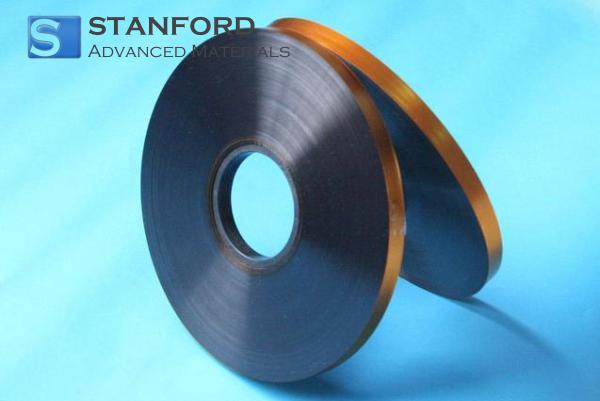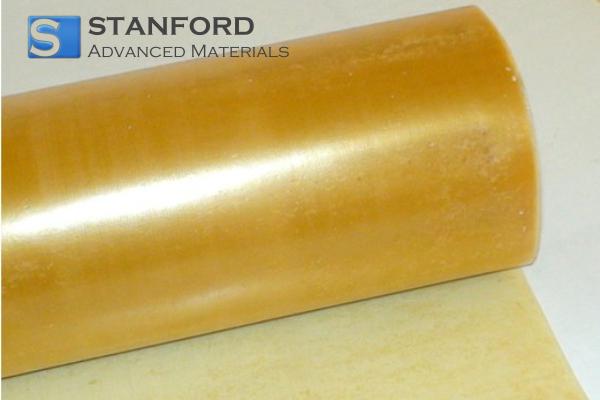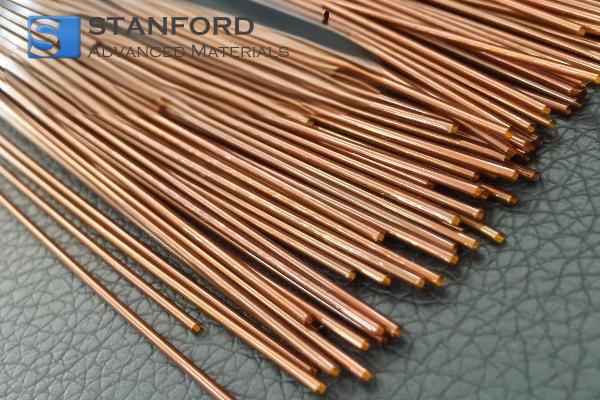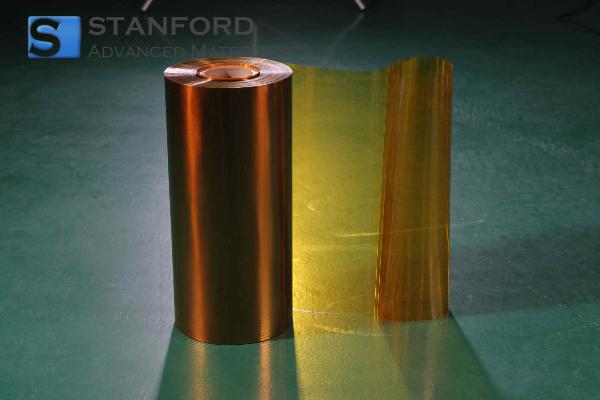Aluminum: Element Properties And Uses
Description
Aluminium is a lightweight, corrosion‐resistant metal used in sectors such as construction, transport and packaging. It is abundant and versatile.
Introduction to the Element
Aluminium (symbol Al, atomic number 13) is a silvery‐white metal that is employed in many industries because of its distinct properties. It is the third most abundant element in the Earth’s crust and occurs mainly in minerals such as bauxite. Aluminium is a non‐ferrous metal; it contains no iron and is resistant to rust and corrosion. Hans Christian Ørsted first isolated it in 1825, and during the 19th century it became commercially viable. Its combination of low weight, measured strength and corrosion resistance makes it essential for applications ranging from the automotive industry to food packaging.
Description of Chemical Properties
Aluminium is a highly reactive metal that forms a protective oxide layer on its surface when exposed to air. This layer prevents further oxidation and corrosion. Aluminium reacts with acids, bases and other substances, thereby contributing to various chemical processes. In most of its compounds, it exhibits an oxidation state of +3. In air, it reacts with oxygen to form aluminium oxide (Al₂O₃), which produces a hard, transparent coating. This oxide is insoluble in water and resists corrosion, thereby ensuring a long service life.
Physical Properties
Aluminium exhibits several key physical properties that render it useful in various industries. The table below summarises these properties:
|
Property |
Description |
|
Atomic Number |
13 |
|
Density |
2.70 g/cm³ |
|
Melting Point |
660.3°C |
|
2 470°C |
|
|
Conductivity |
High electrical and thermal conductivity |
|
Appearance |
Silvery‐white, shiny |
|
Malleability |
Highly malleable and ductile |
|
Tensile Strength |
Moderate tensile strength |
|
Corrosion Resistance |
High due to the oxide layer |
These physical properties render aluminium suitable for applications where strength, weight and durability are critical. Further information is available at Stanford Advanced Materials (SAM).
Common Applications
Aluminium is frequently employed owing to its low weight, corrosion resistance and ease of fabrication. Some common applications of aluminium include:
- Construction: Aluminium is used for window frames, roofs, cladding and doors because its strength and corrosion resistance meet industry requirements.
- Automotive: The automotive sector utilises aluminium for body parts, wheels, engine blocks and radiators to reduce vehicle weight and lower fuel consumption.
- Aerospace: Aircraft components such as wings and fuselages are manufactured from aluminium because it offers a measured strength-to-weight ratio.
- Packaging: Aluminium is used for beverage cans, food containers and foils as it is light, durable and straightforward to recycle.
- Electrical: Aluminium is employed for conductors and cables owing to its high electrical and thermal conductivity.
Processing Methods
Aluminium is primarily obtained from bauxite through a refining process known as the Bayer process. In the Bayer process, the bauxite is crushed and treated with sodium hydroxide, thereby separating the aluminium oxide from impurities. The aluminium oxide is then reduced to aluminium metal using the Hall–Héroult process, an electrochemical procedure that requires substantial electrical energy. Scrap aluminium products can be recycled, which consumes less energy than refining bauxite, thereby contributing to a sustainable practice.
Related Industrial Products
- Aluminium Alloys: Aluminium is often alloyed with metals such as copper, magnesium and zinc to enhance its mechanical properties. These alloys are used in sectors where increased strength and longevity are required.
- Aluminium Foil: Aluminium foil, produced from thin sheets of the metal, finds applications in packaging, insulation and food preparation.
- Aluminium Oxide: This industrial material is utilised as an abrasive and in the production of aluminium metal.
Frequently Asked Questions
What is the most common application of aluminium?
Aluminium, given its low weight and corrosion resistance, is most frequently employed in construction, automotive, aerospace and packaging.
How is aluminium extracted from bauxite?
Aluminium is obtained from bauxite using the Bayer process, during which the ore is refined to produce aluminium oxide, followed by electrolysis using the Hall–Héroult method to produce the metal.
Is aluminium recyclable?
Yes, aluminium is highly recyclable and can be reused repeatedly without any loss in quality, rendering it one of the most sustainable materials available.
What renders aluminium corrosion resistant?
Aluminium forms a thin oxide layer on its surface when it is exposed to air, thereby preventing further corrosion and extending its service life.
Is aluminium an effective electrical conductor?
Yes, aluminium exhibits high electrical conductivity and is commonly used for power transmission lines and electrical cables.

 Bars
Bars
 Beads & Spheres
Beads & Spheres
 Bolts & Nuts
Bolts & Nuts
 Crucibles
Crucibles
 Discs
Discs
 Fibers & Fabrics
Fibers & Fabrics
 Films
Films
 Flake
Flake
 Foams
Foams
 Foil
Foil
 Granules
Granules
 Honeycombs
Honeycombs
 Ink
Ink
 Laminate
Laminate
 Lumps
Lumps
 Meshes
Meshes
 Metallised Film
Metallised Film
 Plate
Plate
 Powders
Powders
 Rod
Rod
 Sheets
Sheets
 Single Crystals
Single Crystals
 Sputtering Target
Sputtering Target
 Tubes
Tubes
 Washer
Washer
 Wires
Wires
 Converters & Calculators
Converters & Calculators
 Write for Us
Write for Us




 Chin Trento
Chin Trento



